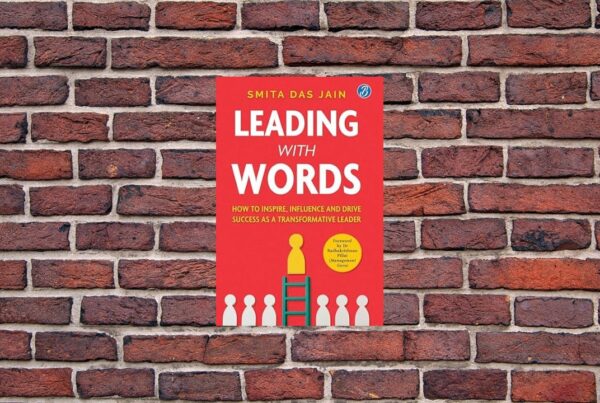Ray Bradbury’s Fahrenheit 451 was written in the 1950s against the backdrop of a dark, dystopian world. The protagonist, Guy Montag, is a fireman – his job is not to put out fires but to burn books because the written word is considered dangerous and polarizing. Anyone caught with them is arrested, and the confiscated books are burnt immediately. Fahrenheit 451 is the temperature at which paper burns- hence the title.
The plot centers around censorship and its repercussions. People are in a trance-like state, watching television and audio recordings – the only permissible sources of information/entertainment. They forget to interact with one another, often falling prey to depression. As a reader, I found it eerie that the instances concerning censorship, misinformation, and digital addiction are relevant today. How did an author have this foresight 70 years ago? Remarkable!
Something happens that pulls Guy out of his stupor. He starts asking questions and resolves to challenge the status quo, facing dangerous consequences in the process. The protagonist- why do we need the things in books? This question leads to an awakening and a rebellion.
The story is not an easy read. There are metaphors, symbolism, and staccatos, highlighting irony and contrasts. The start is slow, but it picks up pace in the subsequent chapters. The ‘Denham’s Dentrifice’ alliteration is very catchy and rolls off your tongue. It forces the reader to reevaluate our choices and to break out of a shell of complacency.
This edition had detailed appendices and an introduction explaining how speculative fiction is not what predicts the future but that which takes the variables of today and extrapolates them to the future.
“If someone tells you what a story is about, they are probably right. If they tell you that is all the story is about, they are definitely wrong.” An eye-opening read.




